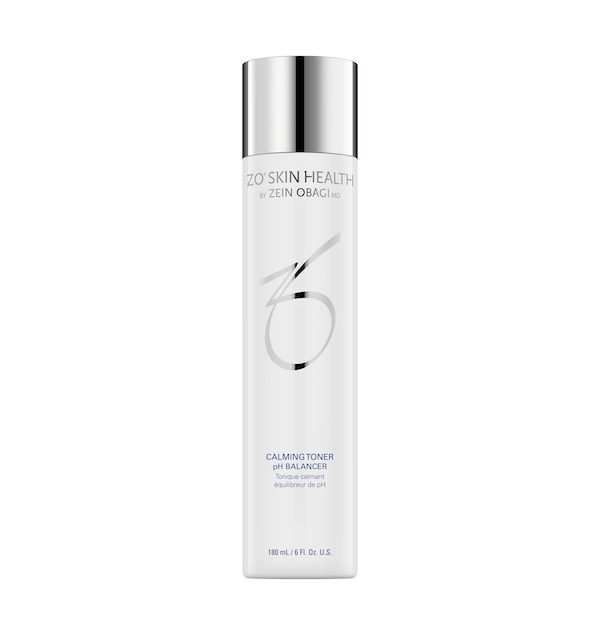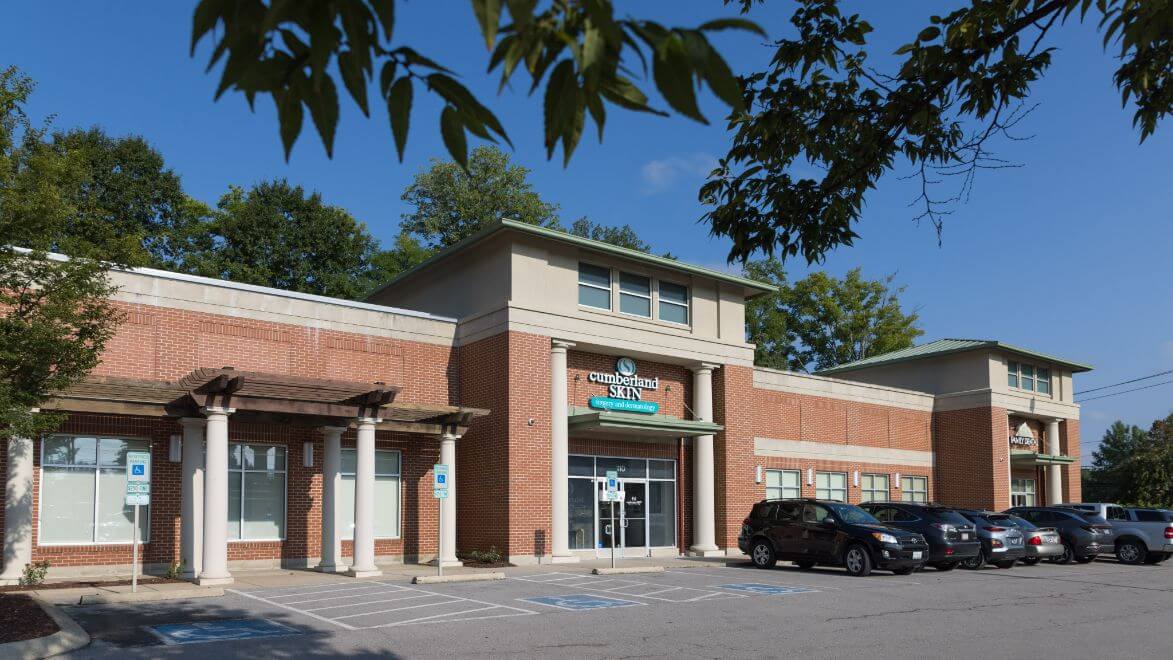Abscess-Boil
Our experienced dermatologists offer comprehensive services, from accurate diagnosis through physical examinations to personalized treatment plans. We focus on relieving pain and promoting healing, often incorporating drainage techniques like incision and drainage (I&D).
Through prescription medications and preventive measures, we aim to not only address the immediate concern but also reduce the risk of recurrence. Trust us for expert care, education on skincare practices, and ongoing support for your skin health journey.
Examples of Abccess-Boil
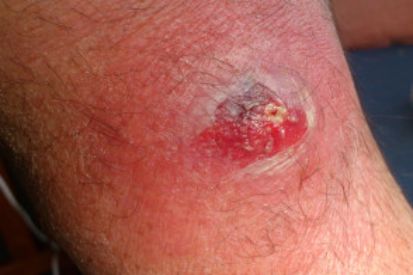

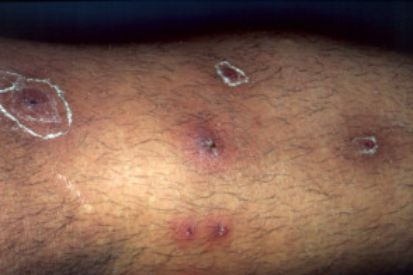

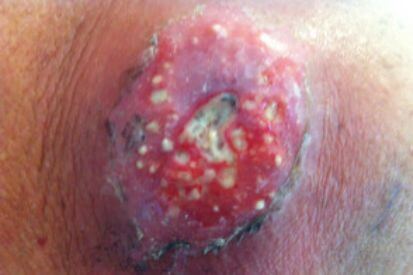
Symptoms of Abscesses and Boils
- Boils manifest as red, tender, and painful lumps on the skin, typically filled with pus.
- The affected area may be swollen and warm to the touch.
- Boils contain a center filled with pus, which may require medical intervention
- The surrounding skin is often red and inflamed.
- In some cases, individuals may experience a fever, especially if the infection is severe.
- Boils and abscesses can be sensitive to the touch.
Causes of Abscesses and Boils
- Boils and abscesses can form as a result of a cut or break in the skin, which leads to a bacterial infection.
- Some boils are caused by an ingrown hair.
- Others are caused by plugged-up sweat glands, such as some types of cystic acne.
- They grow quickly and are usually painful until they drain.
- People with weakened immune systems are more susceptible to boils than the general population.
How to Prevent Abscesses and Boils
FAQs for Abscesses and Boils
While both involve a collection of pus, a boil specifically refers to a skin infection around a hair follicle. An abscess, on the other hand, can form in various body tissues, including organs and deeper layers of the skin.
Abscesses and boils often present as swollen, red, and painful lumps on the skin. They may be warm to the touch and can develop a white or yellow center (pus-filled head) as they progress.
Treatment may involve draining the abscess by making an incision, which can provide relief and promote healing. Antibiotics may also be prescribed to address the underlying infection. In some cases, more extensive surgical drainage may be necessary.
Over-the-counter creams may not be effective in treating abscesses or boils. While antibiotics can help with bacterial infections, they are typically prescribed by a healthcare professional after a proper evaluation. It's important to consult with a doctor before using any medications to ensure appropriate treatment.
Yes, abscesses and boils can be painful due to inflammation and the buildup of pressure. Over-the-counter pain relievers, such as acetaminophen or ibuprofen, may help alleviate pain. However, it's essential to consult with a healthcare professional for proper guidance on pain management and to address the underlying cause of the abscess or boil
From Our QualDerm Family of Brands: Diagnosis & Treatment of Skin Care Needs
Treatments for Abscesses and Boils
Related Blog Posts
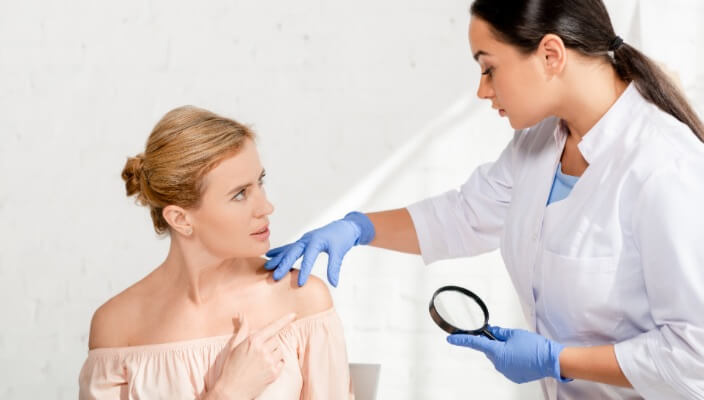
- Skin Cancer
- General Dermatology
- Chronic Skin Conditions
Learn more about the most common types of skin lesions we see at Cumberland Skin and how our dermatologists remove them.
Read More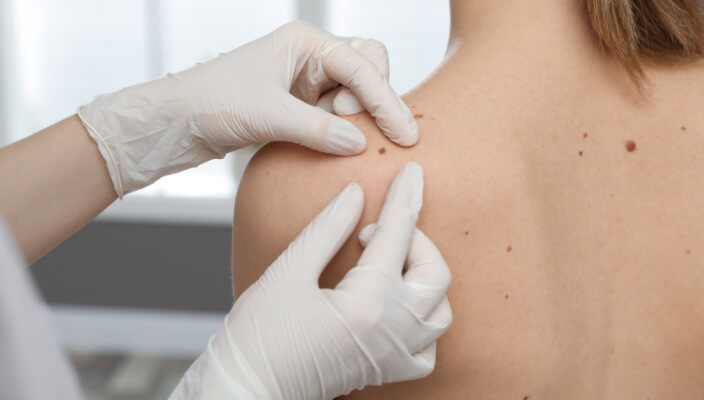
- General Dermatology
- Skin Exams
Preparing for your first dermatology appointment is important because it ensures everything goes as smoothly as possible and that your doctor is up-to-date on the status of your overall health and wellbeing. Here are our expert tips.
Read More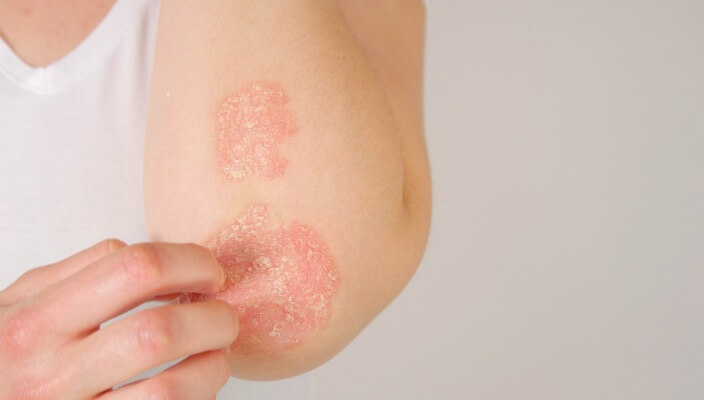
- General Dermatology
- Chronic Skin Conditions
Learn the differences between dry skin, eczema, and psoriasis, their distinct characteristics, and potential triggers. Gain valuable insights into identifying symptoms and seeking appropriate treatment to effectively managing these common skin conditions.
Read MoreFeatured Products
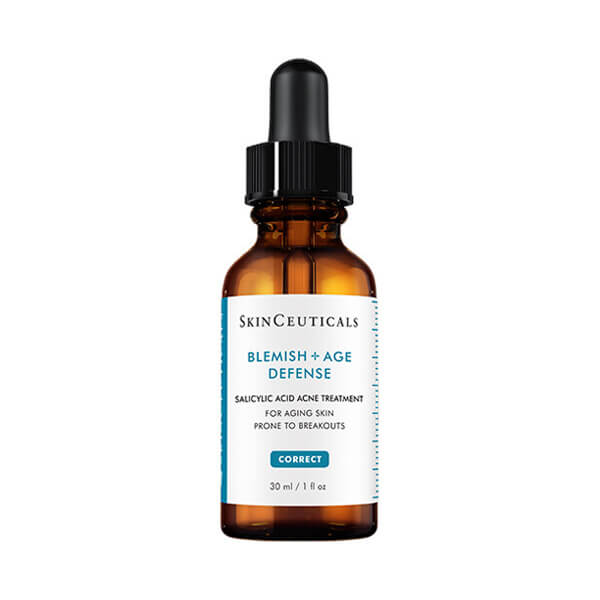
SkinCeuticals Blemish + Age Defense
Blemish + Age Defense is a targeted, oil-free approach for aging skin prone to breakouts. This first-to-market acid blend combines 2% dioic acid with an optimal alpha- and beta-hydroxy acid formulation to reduce the formation of acne and clogged pores. 1 fl oz / 30 mL
